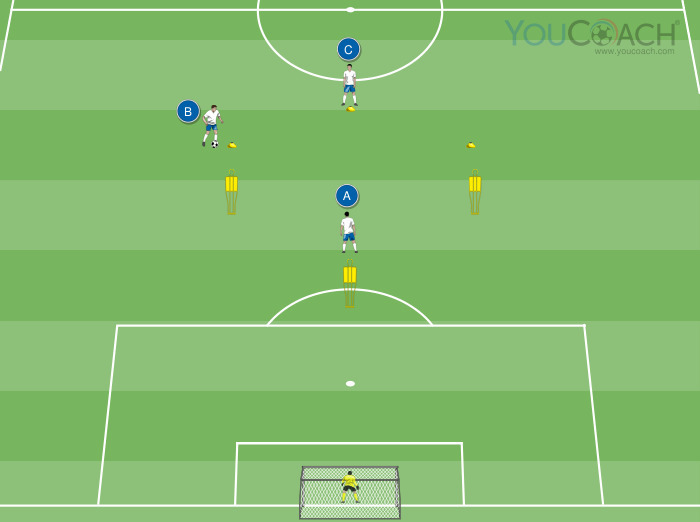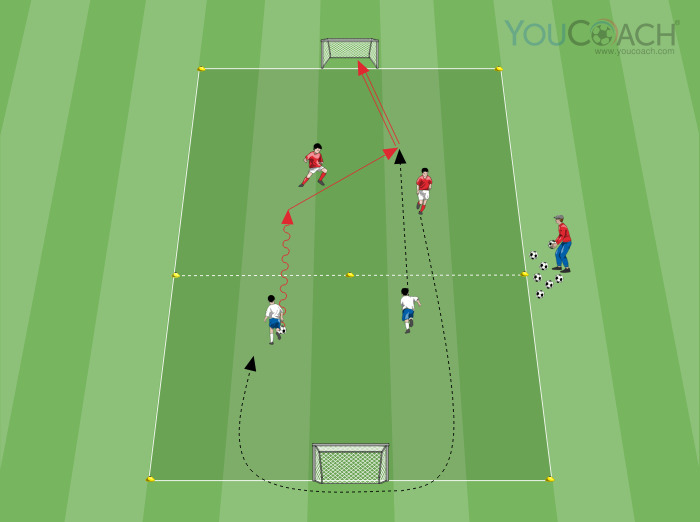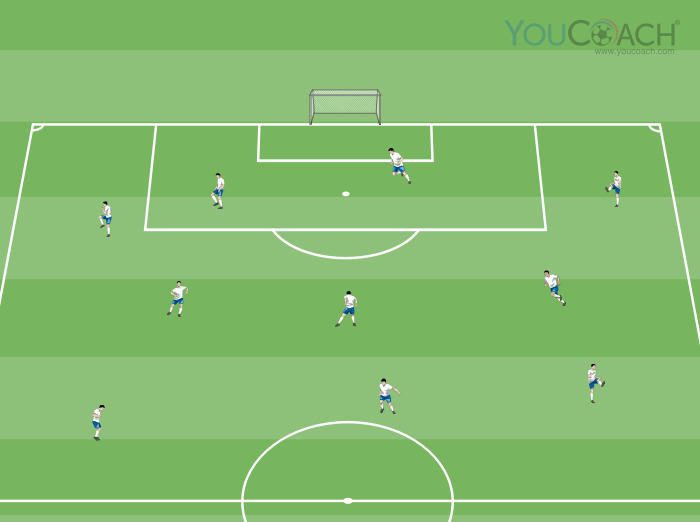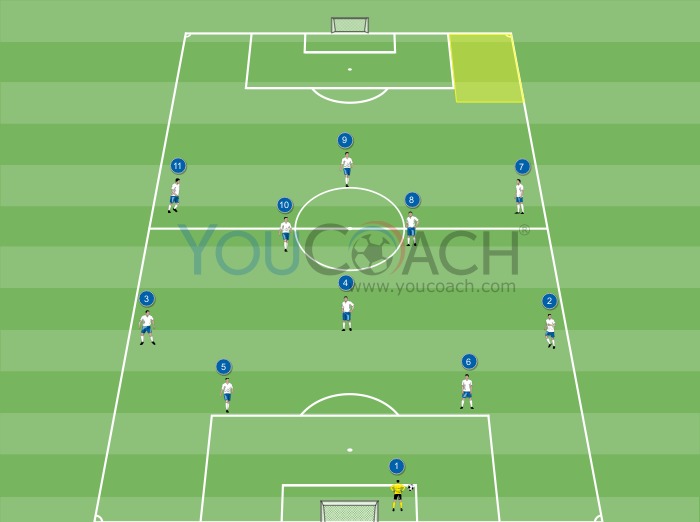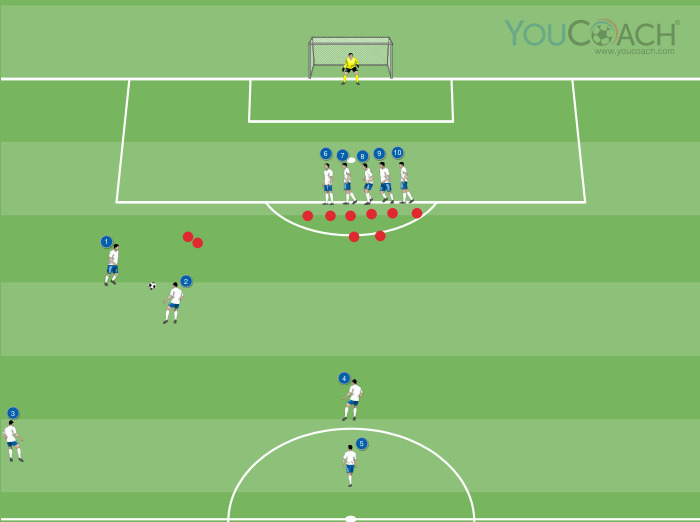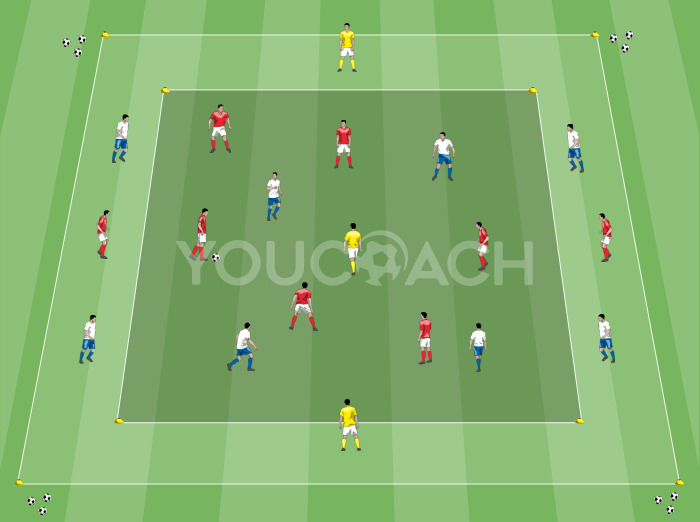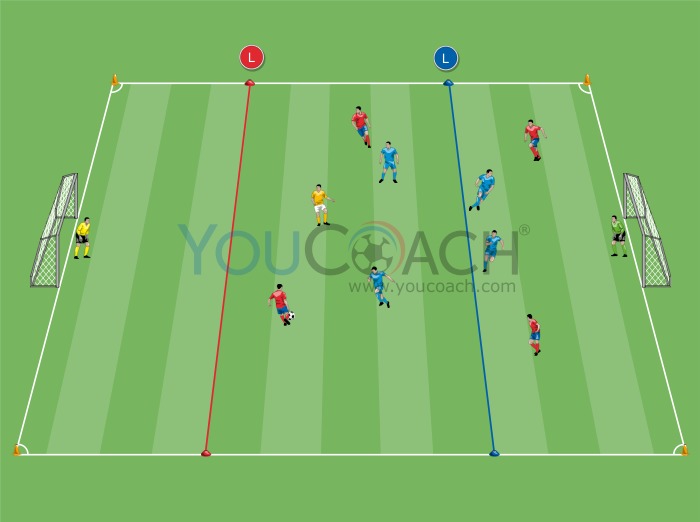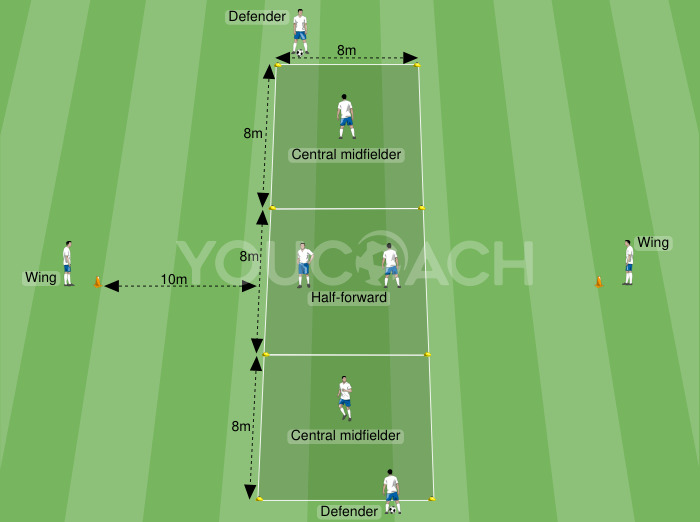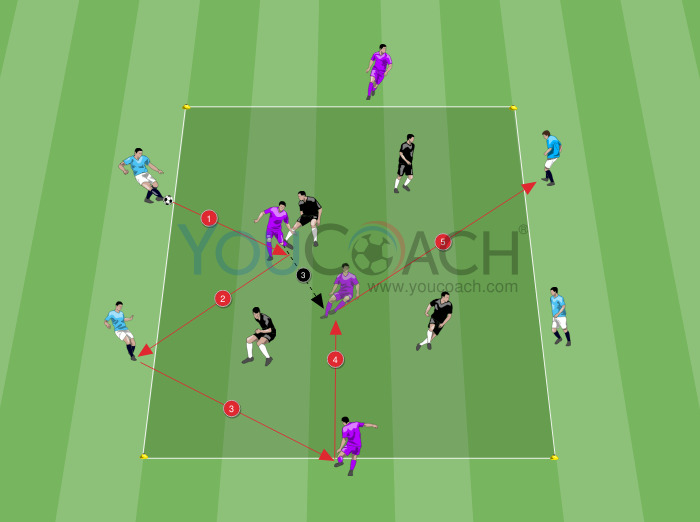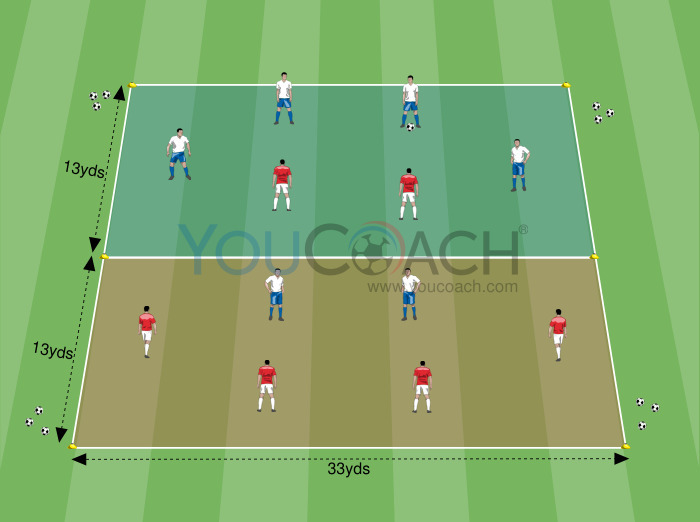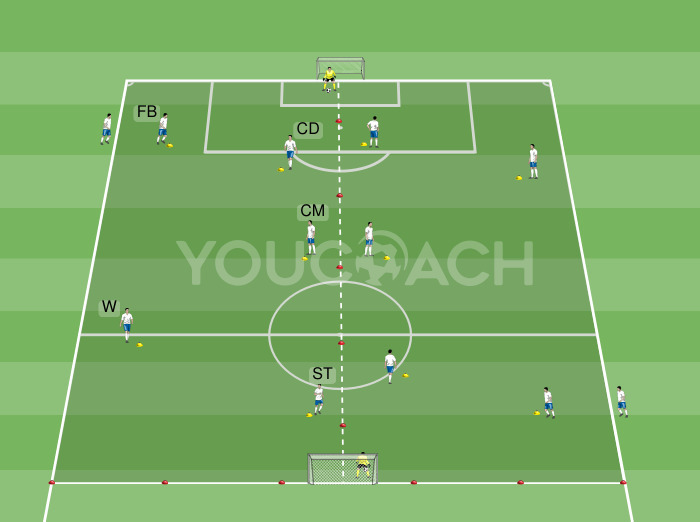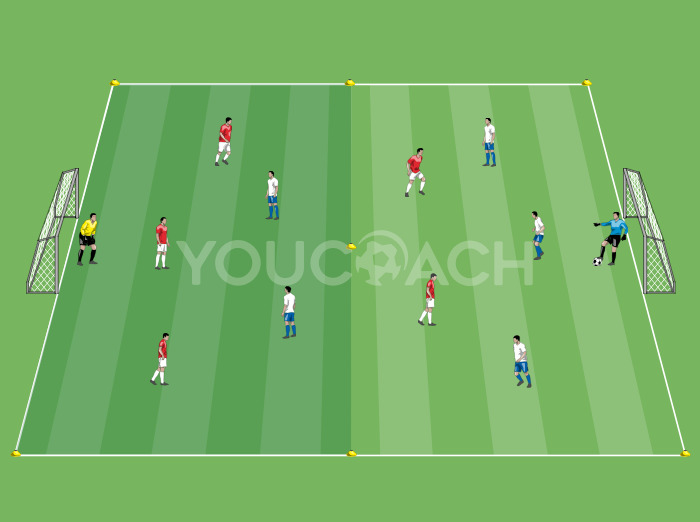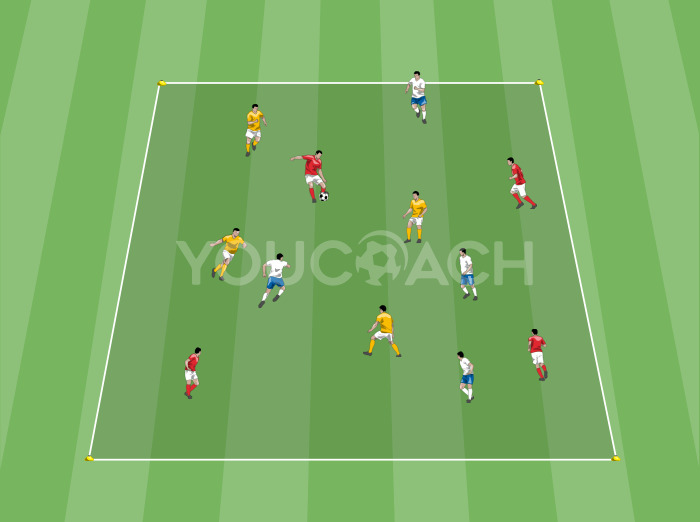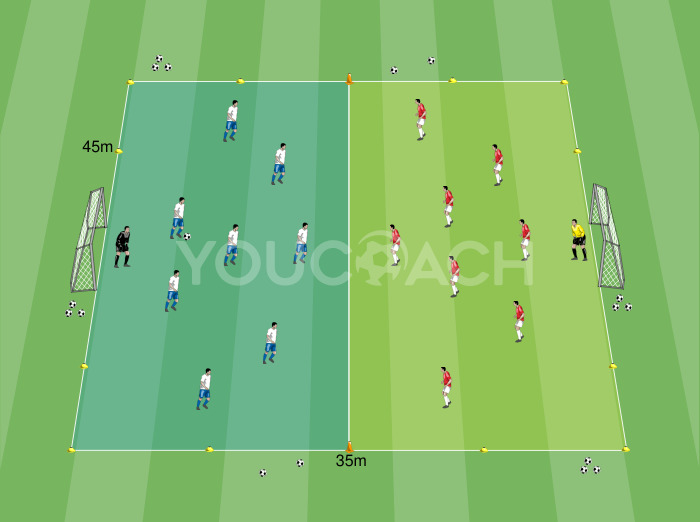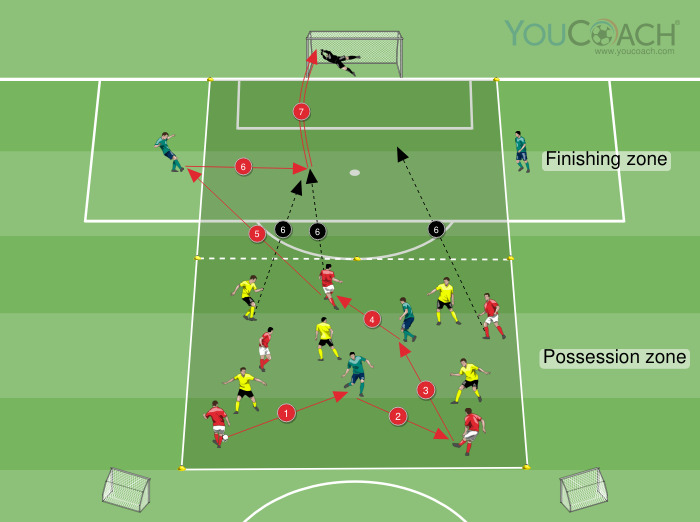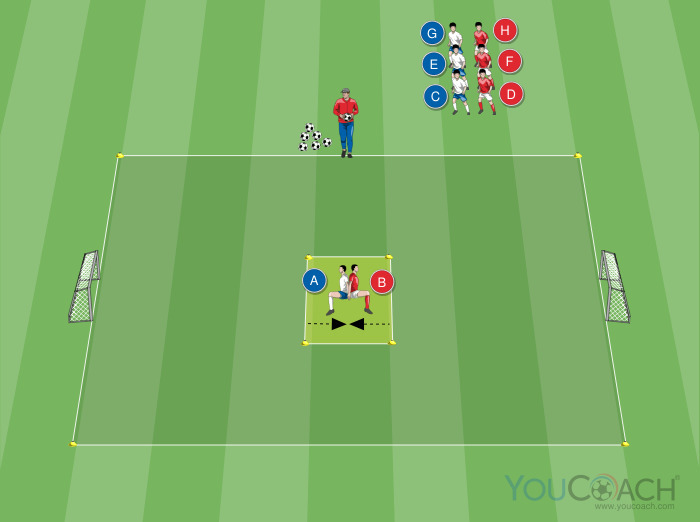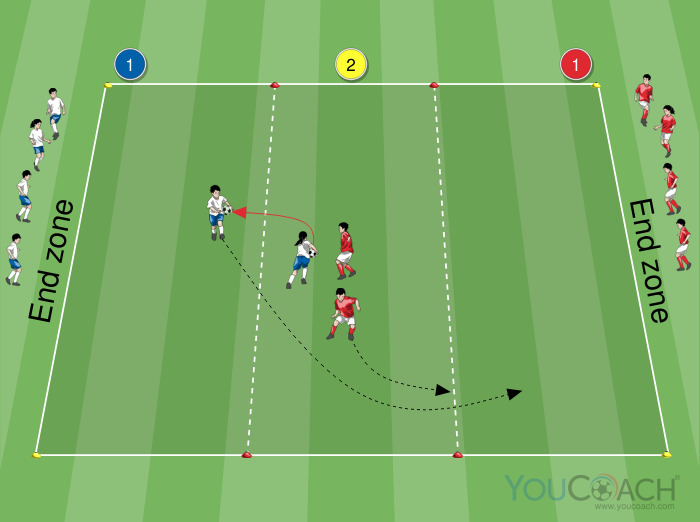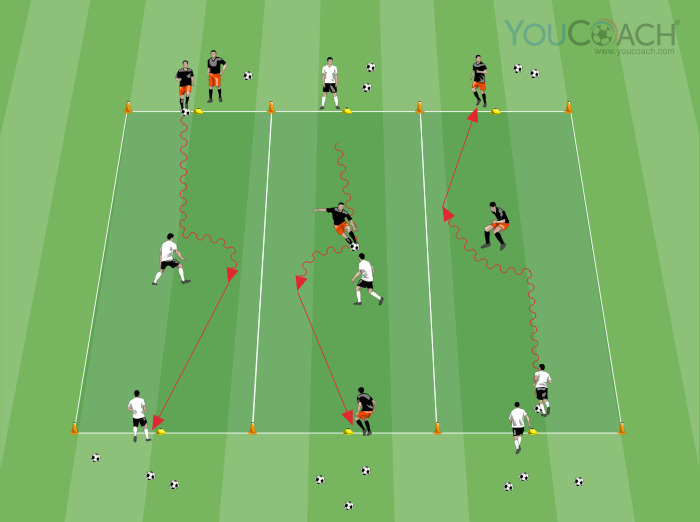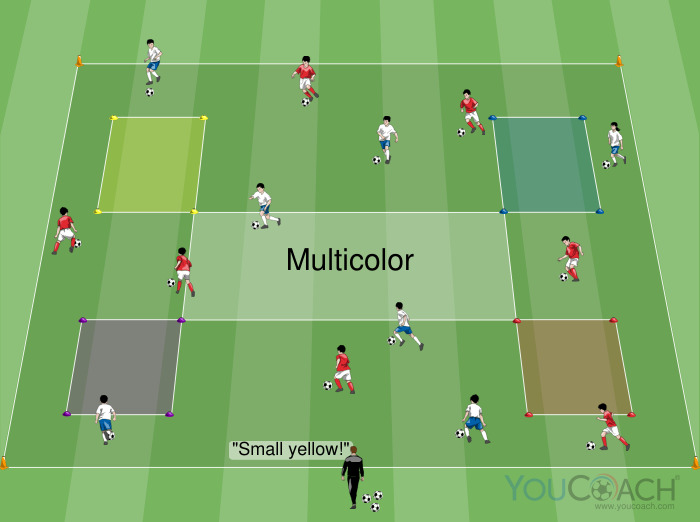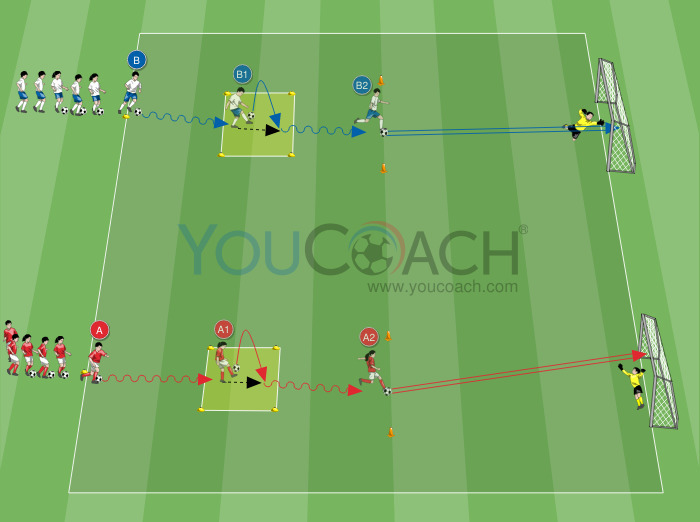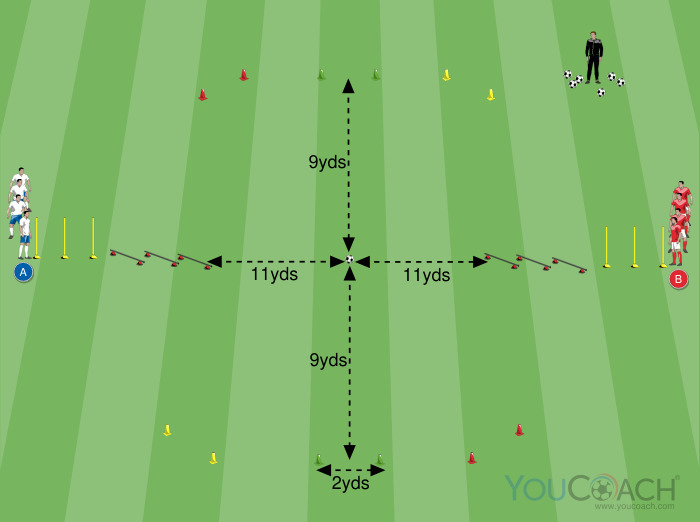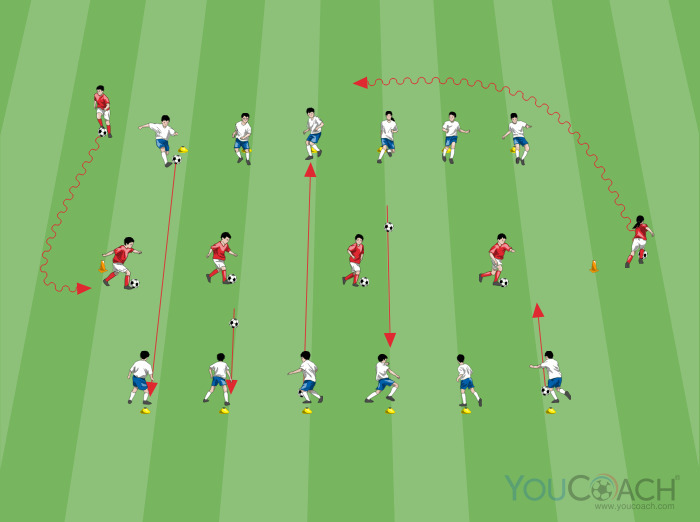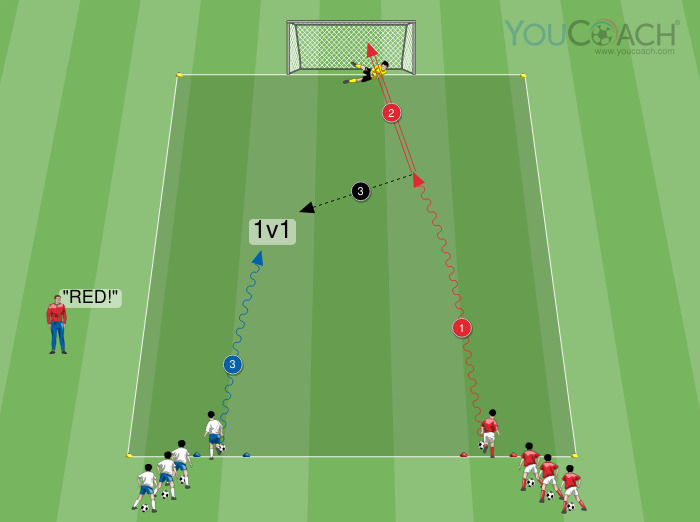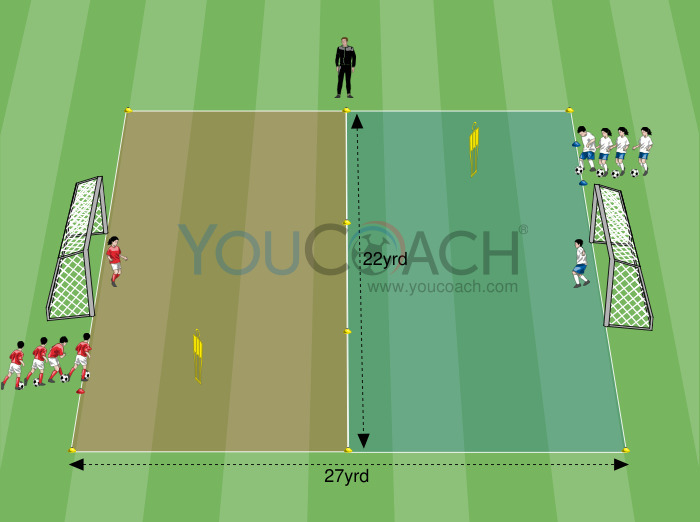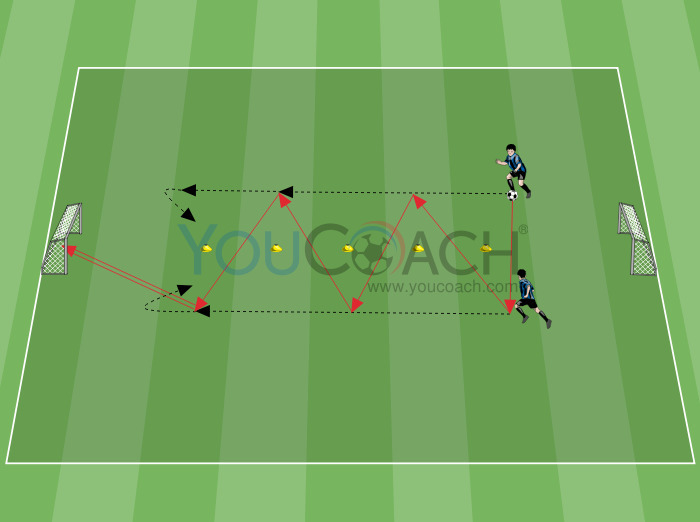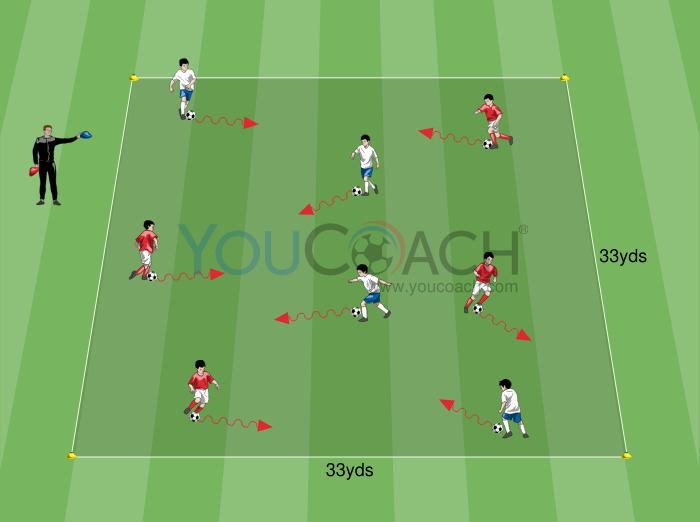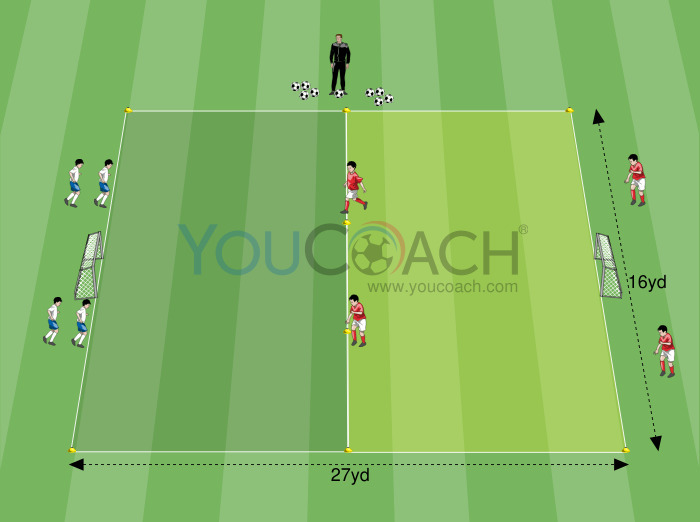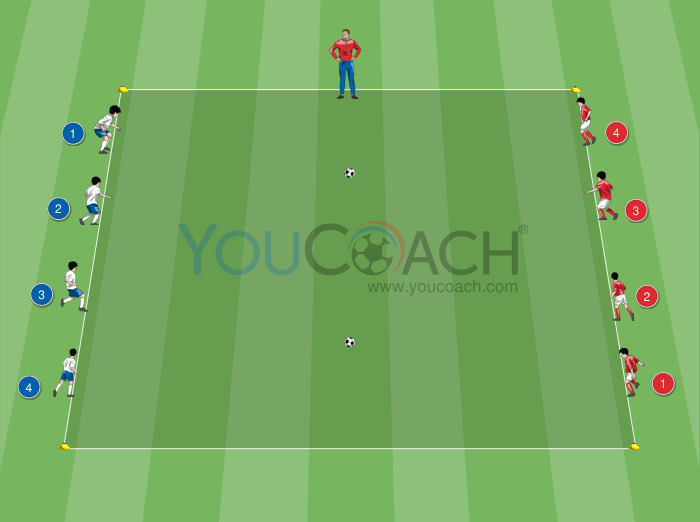Effective communication between the coach and the team: Obstacles and strategies to promote a constructive dialogue - Part 1
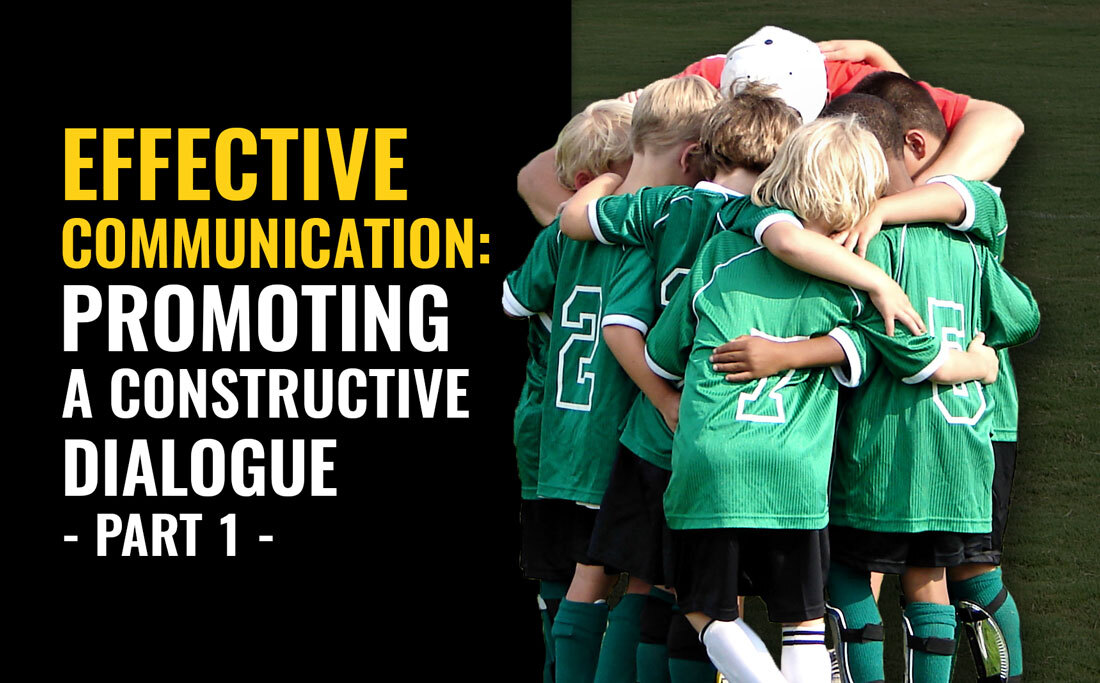
|
Communication between the coach and the team is not a spontaneous process, it requires the right approach and constant effort |
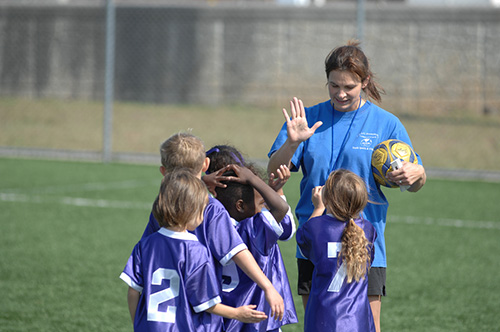 Soccer coaches tend to speak to the group rather than the individual player. This happens because in soccer the group is very relevant and talking to the whole team simplifies the transmission of contents optimizing time.
Soccer coaches tend to speak to the group rather than the individual player. This happens because in soccer the group is very relevant and talking to the whole team simplifies the transmission of contents optimizing time.- The coach's leadership approach: If a coach is a strict, rigid leader that doesn't love to explain the hows and the whys and prefers to take action on the field, it's difficult for them to exchange opinions with the team, even when asking for it. Players could respond with a passive-obstructive behaviour simply because they are not used to this practice which is foreign to that group culture.
- Players-coach asymmetrical relationship: By definition, the relationship between a coach and the players is based upon status differences. The coach must guide, decide, choose, teach and this means that the coach holds more “powers”:
- leadership (the coach leads, the player follows);
- lead by example (players identify with the coach);
- competence (players consider the coach competent);
- judgement (the coach evaluates players).
Players are asked to accept and share their coach's ideas to encourage cohesion and cooperation while working towards the goals. These complex dynamics behind this asymmetrical relationship are unavoidable and don't support spontaneous communication, that must be intentionally built.
- The difficulty of speaking in a group: anyone struggles to express their point of view in front of a public, whether big or small. It's a task that engages different dimensions: self-esteem, sensitivity, knowledge, language and so on. In sports this applies both for the coach and the players. The coach, however, has one recipient: the group; the player has two recipients: the coach and the rest of the team. In other words, players have double anxiety that come from speaking in front of the coach and other teammates. With these circumstances, players can choose to stay silent to avoid the risk of looking bad or being misinterpreted or judged.
- The fear of disapproval or mockery: these are two very important factors that influence players' decision to speak. The fear of telling something wrong and the risk of offending the coach or of being judged is a strong deterrent. The risk of mockery is a concern that discourages many.
- Some kind of backwardness of soccer environment: phrases such as “talk less, run more”, “it's easy to talk, but then on the field…” or even “there is very little substance behind those words” show that in the sports world persists an idea of communication and discussion that are outdated. These coaches and managers think that a good communication and relationship with the team are inessential, but in reality they are fundamental to create "thinking players".
Photo Credits: www.flickr.com/photos/barretthall/3961706236/in/photostream/





